The Sony Bravia 9 is undoubtedly a top-tier product, with no hesitation in declaring it one of the best on the market. The manufacturer has clearly invested a great deal of effort into perfecting the dimming algorithms, ensuring they perform flawlessly. This results in an incredibly deep black and a strikingly vivid image. In HDR effects, the television excels, offering over 2000 nits of peak brightness that fills the room and immerses viewers in stunning visuals. While such figures are impressive on paper, the real-world experience surpasses expectations. Sony’s commitment to faithfully representing a film director’s vision is evident here, and the Bravia 9 succeeds. The television also provides an excellent user experience thanks to the Google TV system. The interface is intuitive, and with a vast library of applications, it offers access to a wealth of content tailored to individual preferences. Integration with Google Assistant makes it easy to search for movies, series, or music, and control other smart home devices. These features make using the television a pleasure and simplify daily life. However, not everything is flawless. The Sony Bravia 9 still has room for improvement, particularly with its HDMI port configuration. It includes only two HDMI 2.1 ports, one of which supports eARC, typically used for soundbars or home theatres. Given the premium price, one would expect at least four HDMI 2.1 ports with full bandwidth. The lack of Picture-in-Picture (PiP) functionality might disappoint some users. Despite these shortcomings, the Sony Bravia 9 remains an exceptional product. It’s the first LCD television that can truly compete with OLEDs, offering infinite contrast and a top-tier display without compromise. The Bravia 9 is nearly perfect, combining superior image quality, modern technology, and meticulous attention to detail, making every viewing experience feel like a special event.
- Matching (Score)
- Our verdict
- TV appearance
- Where to buy
- Contrast and black detail
- HDR effect quality
- Factory color reproduction
- Color reproduction after calibration
- Smoothness of tonal transitions
- Image scaling and smoothness of tonal transitions
- Blur and motion smoothness
- Console compatibility and gaming features
- Input lag
- Compatibility with PC
- Viewing angles
- Daytime performance
- Panel details
- TV features
- Apps
- Playing files from USB
- Sound
Sony Bravia 9 (XR90) vs TCL C9K
Direct comparison
Check the best price offer:
Sony Bravia 9 (XR90)BRAVIA 9 / XR90
C9K

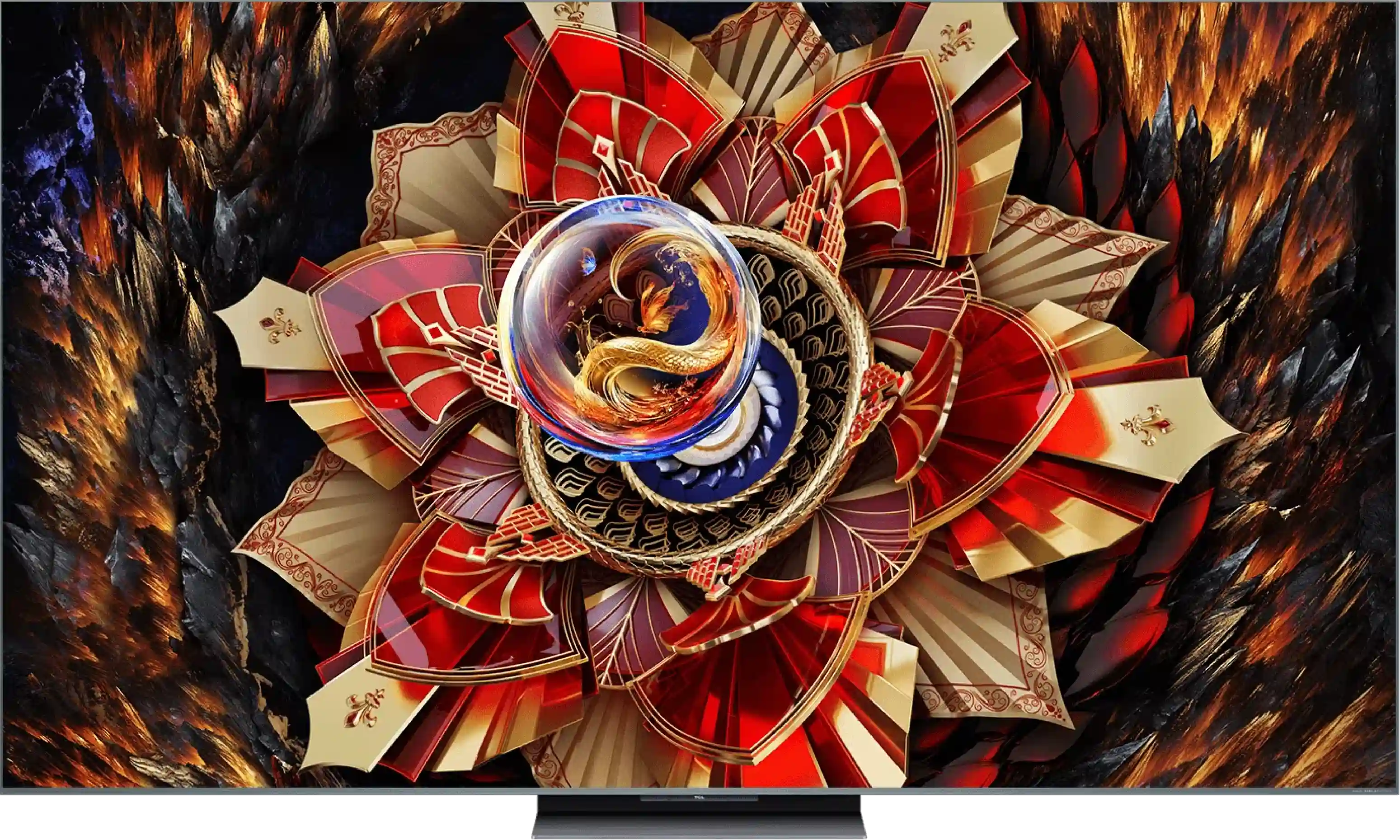
Panel type: LCD VA (wide viewing angle)
Resolution: 3840x2160
System: Google TV
Model year: 2024
Complete the survey to find out the result

Panel type: LCD VA
Resolution: 3840x2160
System: Google TV
Model year: 2025
Complete the survey to find out the result

Overall rating
8.8
7.7
Movies and series in UHD quality
8.4
7.4
Classic TV, YouTube
8.4
7.0
Sports broadcasts (TV and apps)
8.5
6.8
Gaming on console
9.2
8.9
TV as a computer monitor
7.6
8.6
Watching in bright light
9.5
7.0
Utility functions
8.8
7.7
Apps
9.6
9.6
Sound quality
8.9
7.9
Complete the survey to find out what fits your preferences
Advantages
Amazing brightness results of HDR materials
Very good color reproduction after calibration
Advanced motion smoothing system
Noticeable positive effect of the image processor
Faithfulness to the source material
Versatile GoogleTV operating system
Good (for a VA panel) viewing angles
Very good contrast and black
Very high brightness
Support for all HDR formats including Dolby Vision
Fast 144Hz panel - for gaming and sports fans
Many features for gamers: VRR, ALLM, low input lag, etc.
GoogleTV operating system with a wide range of applications
Great sound branded by Bang & Olufsen
Improved viewing angles thanks to WHVA panel
Disadvantages
Only 2 HDMI 2.1 ports - including one ARC
Missing picture-in-picture (PiP) feature
Price
Local dimming needs improvement
Only 2 HDMI 2.1 ports
No recording function from built-in tuners and no PiP
No smaller variants, e.g., 55"
Our verdict
The TCL C9K is a television that on paper looks like a show of strength from the manufacturer – thousands of Mini-LED zones, WHVA panel, audio system from Bang & Olufsen, full support for HDR formats, gaming at 144 Hz, and even 288 Hz at lower resolutions. It’s clear that TCL wanted to throw in absolutely everything they had best. And indeed – in many aspects, the C9K can impress. The brightness is enormous, HDR in large scenes can be breathtaking, motion smoothness and gaming capabilities are at a top level, and the sound – considering it’s built into the television – sounds really good. This is a device that can easily be seen as a home entertainment center. But there is also another side to the coin. Brightness management simply falters despite the amazing technical specifications – smaller details often get lost in the shadows or are blown out. And although synthetic tests of contrast or brightness perform exceptionally well, in everyday viewing of movies and series, the effect is no longer so impressive.
To summarize briefly: the C9K is a television full of contrasts – literally and figuratively. It can provide experiences close to top screens, but it's still evident that TCL needs to work on the software and optimization. If someone is looking for a screen for gaming, sports, or spectacular blockbusters – they will be delighted. However, if one expects perfect reproduction of the director's vision and thinks they have managed to buy an absolutely top model at half the price of the competition, unfortunately, they will be disappointed. It's a pity, because the technological potential here is truly vast – it just lacked a bit of common sense in its utilization.
TV appearance




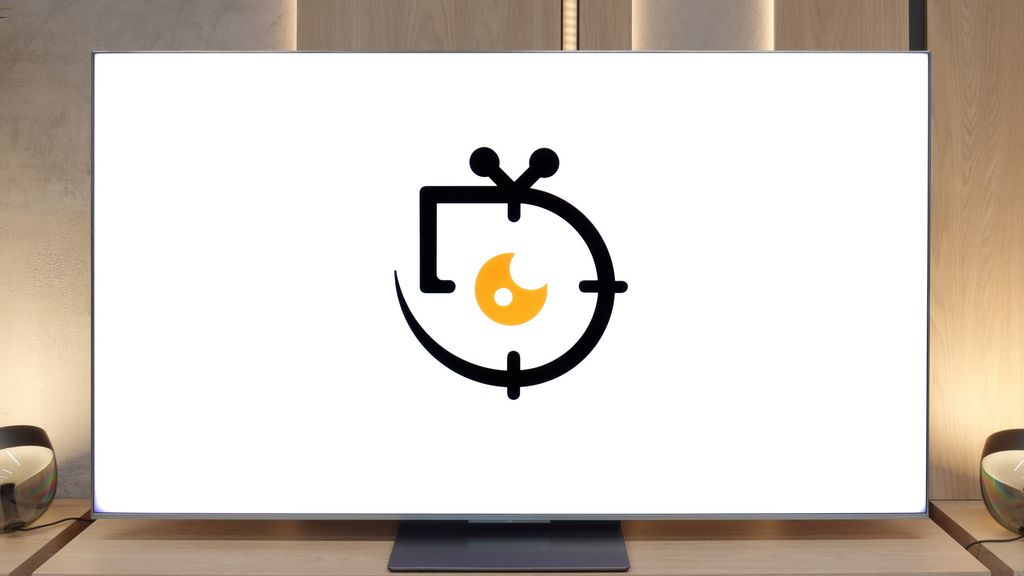
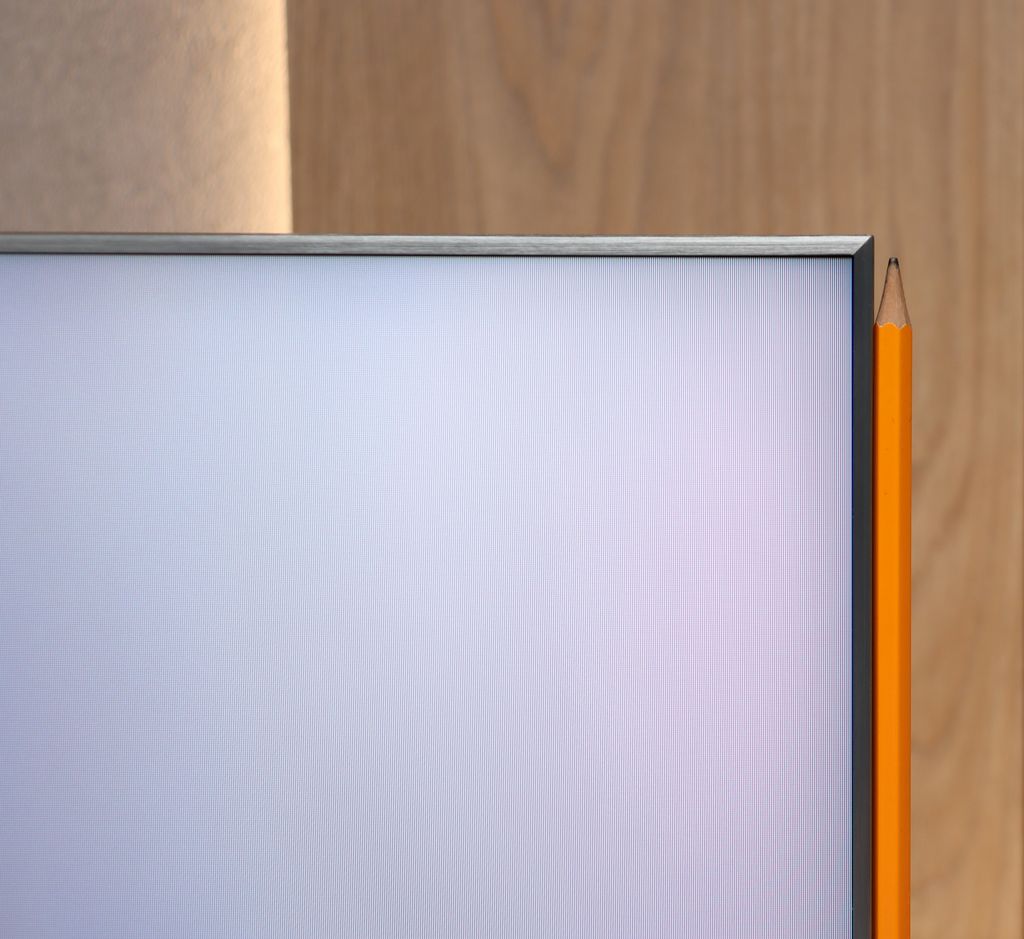
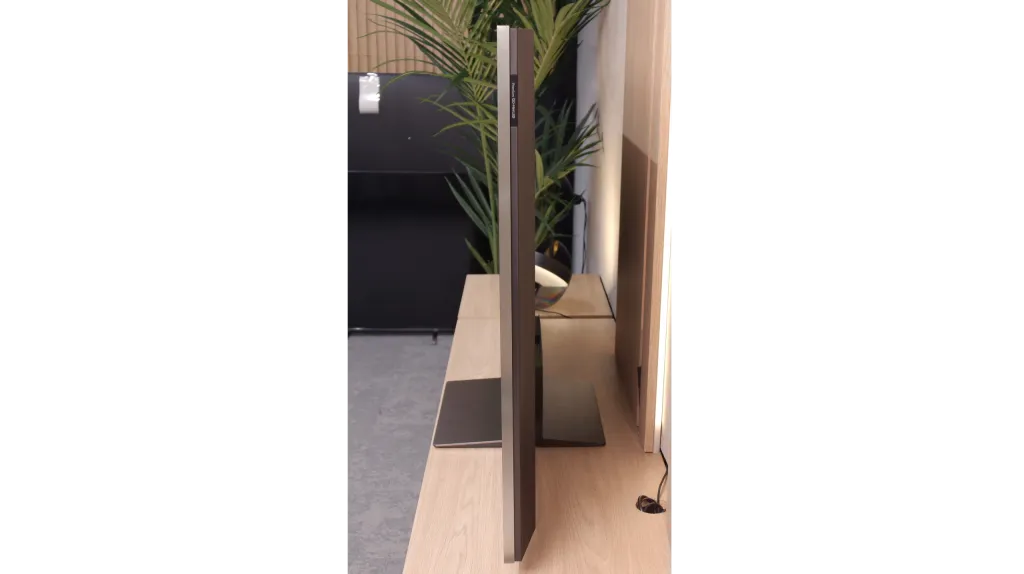
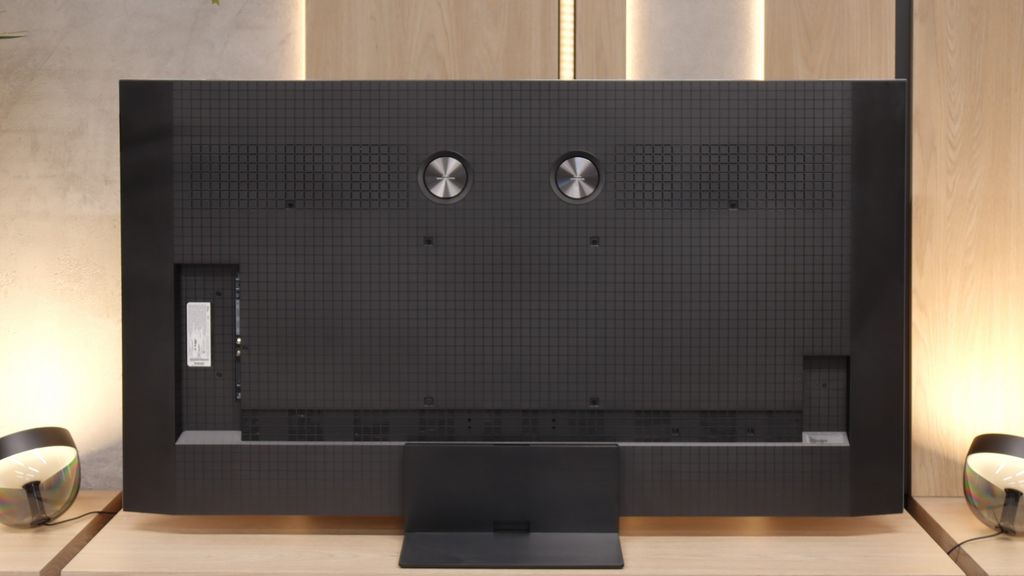
Contrast and black detail
8.6/10
8.1/10
Local dimming function: Yes, number of zones: 1920 (60 x 32)
Local dimming function: Yes, number of zones: 3024 (42 x 72)
Contrast:

Result
184,000:1

Result
98,500:1

Result
120,000:1

Result
9,050:1

Result
5,800:1

Result
459,000:1

Result
72,750:1

Result
30,350:1

Result
9,800:1

Result
12,200:1
Halo effect and black detail visibility:

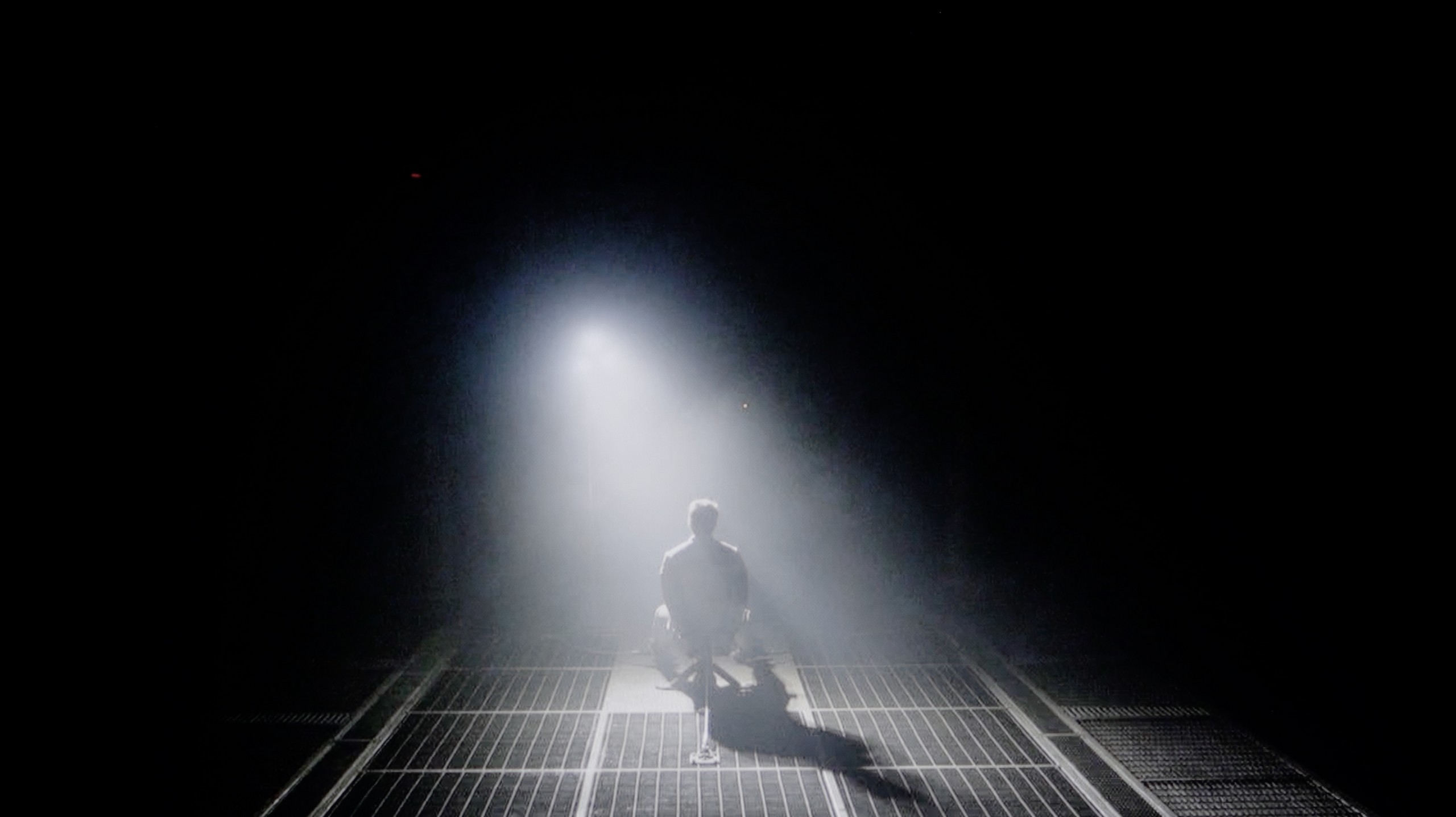
The Sony Bravia 9 features a high-contrast VA panel supported by a backlight made of Mini LED diodes, with the 75" model boasting a remarkable 1920 zones. This combination, paired with advanced — and arguably the best — zone dimming algorithms, results in exceptional contrast and deep black levels. While it doesn’t quite match the black levels of OLED TVs, the performance is still impressive, especially compared to other televisions, which struggle to reproduce a director’s intended vision.
Looking at two test scenes from Oblivion and The Revenant, we can see the backlight algorithms at work, exhibiting mature handling of contrast that preserves black levels without compromising the original image. The blooming/halo effect observed in the second film is noticeably less pronounced in person, with the camera lens amplifying the effect. Additionally, challenging details in the second and third planes of the scene are clearly visible and not lost in the black, showcasing the Bravia 9’s ability to reproduce fine details.
What immediately distinguishes the C9K from the C8K model is the number of local dimming zones. In the 65-inch version, we counted… over 3000! One must admit – this is a true showcase of TCL's strength, cramming literally everything they had into this television. On paper, it makes a huge impression and indeed – in less demanding film scenes, the blacks look fantastic. The level is absolutely top-notch, and the separation of lights from dark parts of the image can be breathtaking. The problem is that this impressive specification does not always translate into practice. In our tests, we noticed situations where the C9K, despite having a greater number of zones, stumbled into contrast traps and performed… worse than the C8K. For instance, it cannot perfectly dim the true black bars in 21:9 format films (those with black bars on the top and bottom). Sounds strange? Unfortunately, this is the result of a lack of optimization – the hardware is "packed" with technology, but the algorithms do not always keep up with utilizing that potential.
Don't get us wrong – black is a strong point of the C9K and in many scenes, it simply looks fantastic. In synthetic measurements, the contrast is outstanding, coming close to the level of the best TVs on the market. But in real cinema usage, those numbers do not always correspond to a better experience than in its cheaper cousin. And that is probably the biggest disappointment – because the potential was enormous.
HDR effect quality
8.6/10
6.9/10
Luminance measurements in HDR:

Result
2199 nit

Result
1700 nit

Result
1717 nit

Result
1751 nit

Result
1741 nit

Result
1425 nit

Result
531 nit

Result
1277 nit

Result
331 nit

Result
1424 nit
Scene from the movie “Pan” (about 2800 nits)


Scene from the movie “Billy Lynn” (about 1100 nits)


Static HDR10


Dynamic: Dolby Vision
Dynamic: Dolby Vision


HDR luminance chart:
TCL C9K
HDR luminance
Sony Bravia 9 (XR90)
HDR luminance
The brightness performance of the Sony Bravia 9 is exceptional. Each scene reaches over 1500 nits, and the television can shine even brighter during movie playback. This level of brightness provides an extraordinary viewing experience, allowing for immersive interaction with high-quality video content. Thanks to its extensive coverage of the DCI-P3 colour gamut, the image is vibrant, and when combined with such high luminance, it almost feels alive. With its impressive peak brightness, viewers can fully appreciate the colour range, even in the most challenging scenes involving dynamic lighting changes. The Bravia 9 also supports Dolby Vision and HDR10 formats, further elevating the viewing experience.
As we mentioned with black and contrast – the C9K can make a huge impression in synthetic tests. Our measurements showed that on a screen 10% filled with white, the television is capable of squeezing out… 4000 nits of brightness! It sounds astronomical, but – and here, unfortunately, the pattern repeats – the numbers say one thing, and practice says another. In real movie scenes, the situation looks different. At best, when the light effects occupy a large part of the image and the local dimming algorithm does not have to think too hard about what to do with thousands of zones – the effect is really good. At that point, the C9K can reach around 1500 nits, which provides a pleasant, intense flash and can indeed make a positive impression.
The problem starts with smaller elements – such as stars in the sky, the moon, or single reflections. That’s when the proverbial cat comes out of the bag: the algorithms are not yet refined, and brightness drops to even 400–500 nits. That’s a huge difference compared to the potential 4000 nits we saw in laboratory tests. Why does this happen? Most likely, the television is trying to protect the blacks in this way and minimize the halo effect around bright objects. Unfortunately, this comes at the cost of details – some details simply vanish, and the scene loses its nature.
Factory color reproduction
8.1/10
4.5/10


Factory Mode
After calibration


Factory Mode
After calibration
The "IMAX Enhanced" factory mode has remained the best option in Sony televisions for years, and it was used throughout the entire testing process. While it aligns closely with the reference compared to other predefined settings, improvements could be made for a better viewing experience.
In SDR materials, the gamma shows a noticeable boost, which leads to over-contrasting the image. Additionally, the beginning of the graph deviates significantly from the reference, resulting in merged details in the darker areas, creating an unpleasant uniform blotch. The EOTF curve in HDR content, on the other hand, appears mostly correct, with only minor deviations from the reference.
However, the most prominent issues affect the white balance. There is a persistent green colour dominance, leading to problems with grey tones and overall colour misalignment. This imbalance in the white balance gives the image an unwanted greenish tinge, negatively impacting the overall visual quality.
For color tests, as always, we reached for the Filmmaker mode – a new feature in TCL TVs for 2025. And while the direction itself is a step in the right direction, the execution leaves much to be desired. The white balance in SDR content turned out to be too warm – there was an excess of red. On the other hand, in HDR, it went in the opposite direction: the image became excessively blue. The Colour Checker test revealed quite a few color errors that were noticeable to the naked eye. An even bigger problem turned out to be what we mentioned above – brightness management. Regardless of whether we were watching SDR or HDR content, the image tended to blow out the entire scene, giving it an unnatural, even grotesque character. It's hard to call this a "director-created" mode – because the director has certainly never seen such an image.
Color reproduction after calibration
9.3/10
7/10

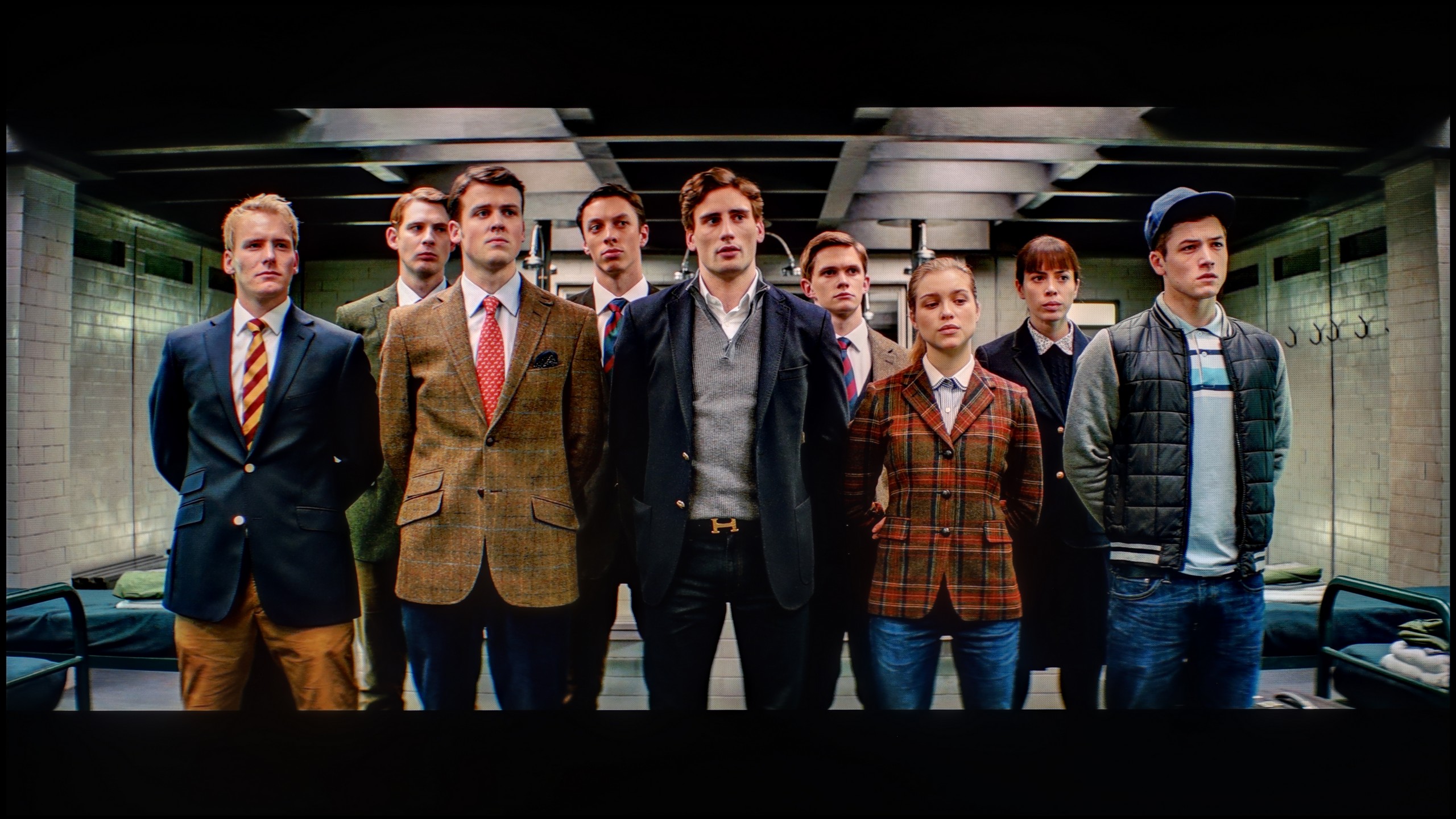

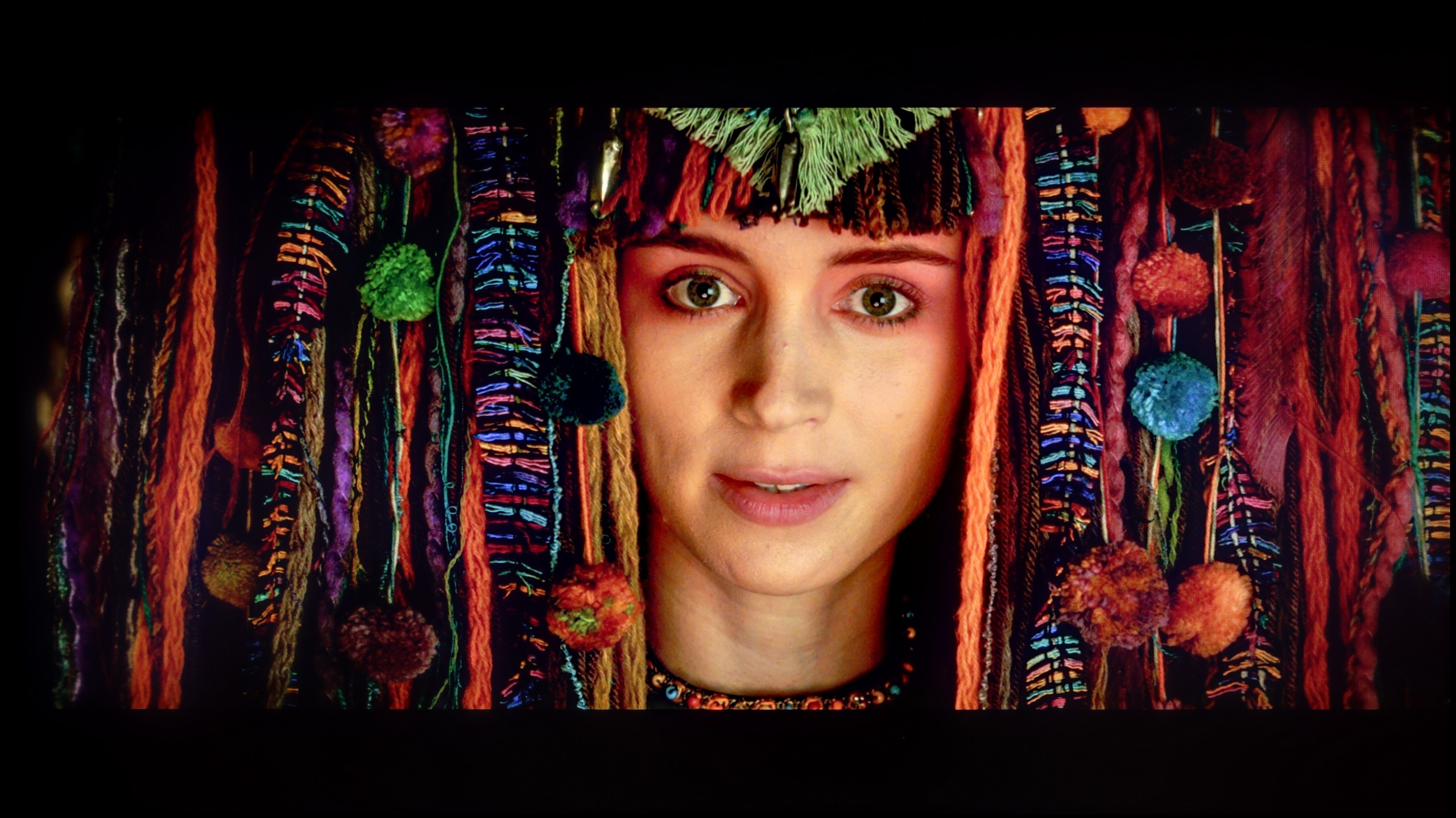
The colour reproduction after the calibration process on the Sony Bravia 9 is nothing short of excellent. Regardless of the signal, whether SDR or HDR, the image comes remarkably close to the director's intended vision. Nearly every flaw in the image has been meticulously modelled and corrected to a high degree.
This impressive result can be attributed to the advanced tools available for calibration, which Sony has been offering in its televisions for years. Notable tools include the 2- and 20-point grayscale calibration and a very comprehensive CMS (Colour Management System). These features allow for precise adjustments, ensuring that the colours and overall image quality are as accurate and faithful to the source material as possible.
After calibration, we finally managed to tame the white balance – and it immediately translated into a more natural image. Colors finally started to look the way they should, and the overall presentation was incomparably better than in the factory settings. In other words – it’s worth taking a moment to improve this, as the gain is truly significant. The gamma responsible for managing brightness was also brought into order in SDR content, and the effect was more than satisfying. Unfortunately, when we turned on HDR materials, the situation quickly became complicated. No matter how we set the local dimming, the television had a tendency to do what it liked with the image – either it overexposed everything or dimmed the darkest parts too much. Exactly as we saw in the scene from the movie Billy Lynn. So, the color improvement after calibration makes a great impression, but brightness management in HDR remains the Achilles' heel of C9K and presents a certain technological limitation.
Smoothness of tonal transitions
7.1/10
8.7/10







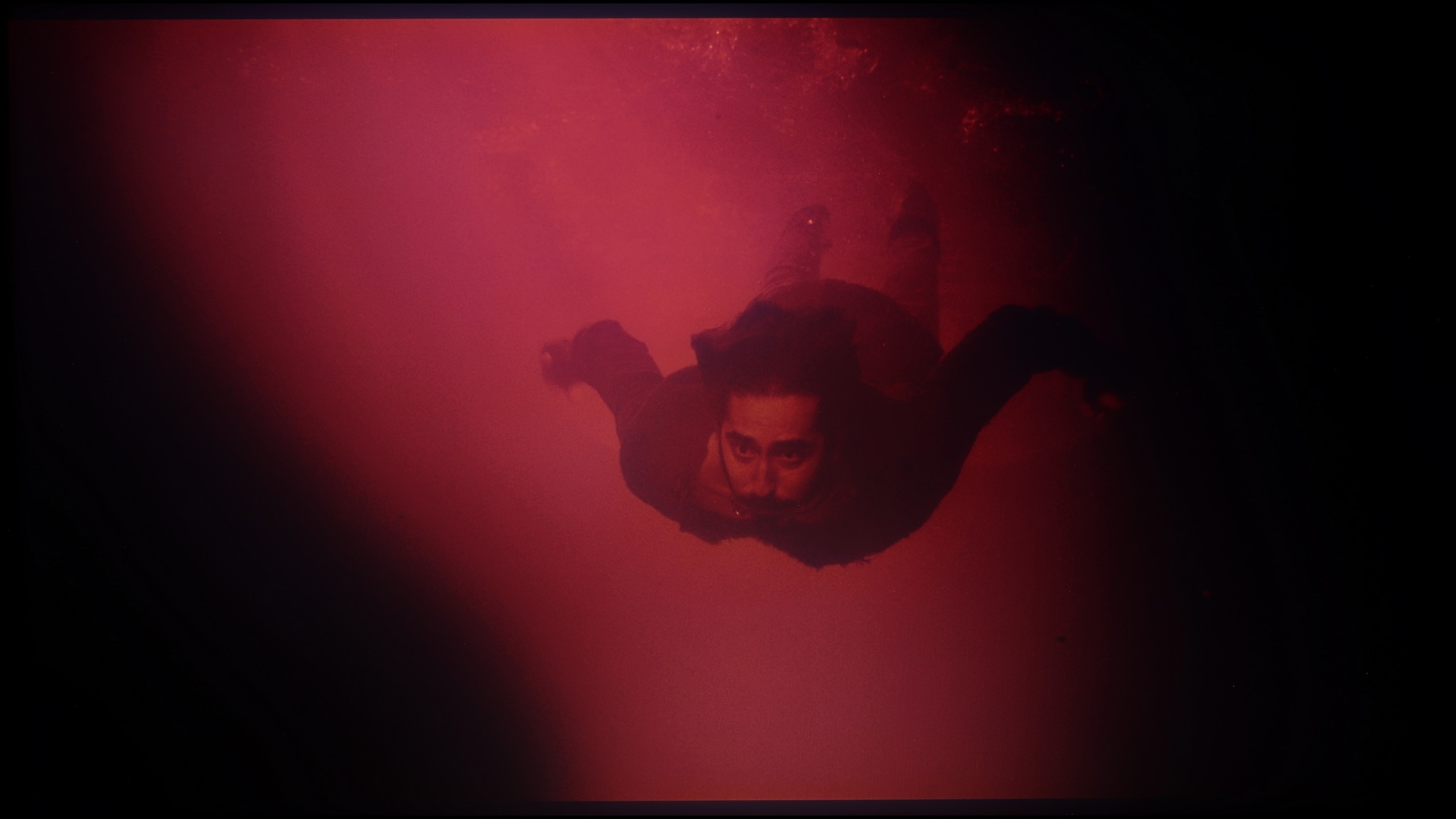




The default quality of gentle gradation on the Sony Bravia 9 without enhancement, is relatively average for its price range and class. While the issue isn't evident with bright backgrounds, it becomes quite noticeable in darker scenes. This is demonstrated in the last two test scenes, where tonal transitions are visible, which may be off-putting to those particularly sensitive to image purity.
In terms of the smoothness of tonal transitions, TCL C9K performs really well. In more challenging movie scenes, there is no typical color banding that can break immersion even in more expensive TVs. Perhaps slight issues can be noticed in the brightest parts – for example, in scenes from the movie Kingstone – but these are nuances. For the vast majority of viewers, especially with 4K content, color grading will look smooth and practically unnoticeable.
Image scaling and smoothness of tonal transitions
8.5/10
5.5/10
Smooth transition function

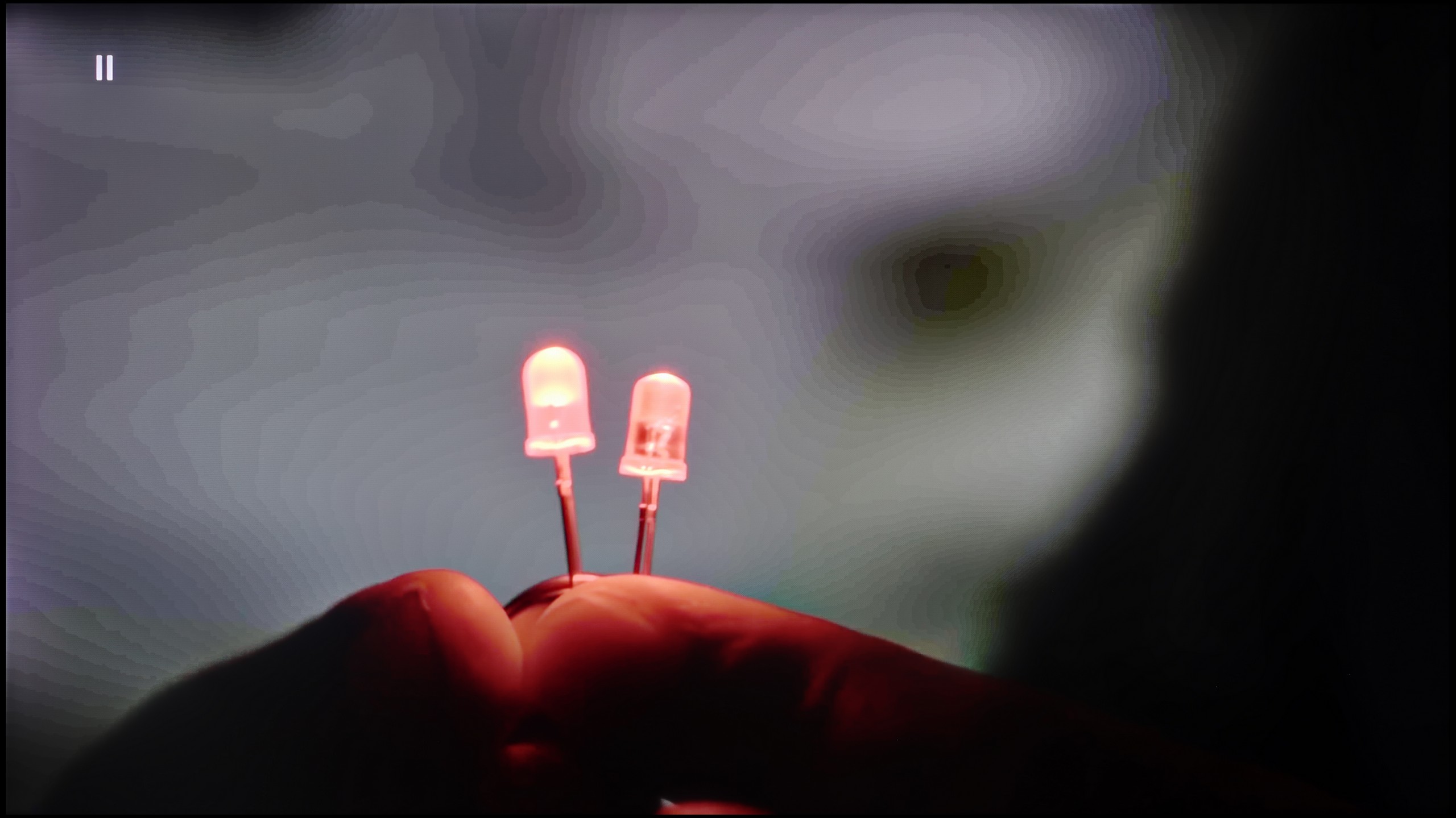
Image without overscan on the SD signal


When analysing the quality of tonal transitions and image scaling, especially for lower-quality materials, the improvement after activating the function for tonal transitions is clear. By default, the quality is quite average, but once the function is turned on, even at the lowest setting, the results are among the best we've seen. This feature can be enabled without worrying about negative side effects, such as film grain blur.
Sony's "XR" processor, which the brand has been touting for several years, lives up to its reputation for image scaling. The image quality is incredibly sharp while maintaining a very natural look. This reinforces that Sony's processing technology is one of the best available, particularly when handling lower-resolution content.
Digital image processing in TCL C9K is quite mediocre. The tonal smoothing feature seems to be present, but turning it on practically changes nothing – color bands are still visible, and it can unintentionally highlight elements we would prefer to hide, such as textures of objects. Fortunately, it doesn’t remove film grain, but that’s small comfort since the effects are still poor. Therefore, it's hard to recommend using this option.
On the other hand, image scaling performs much better. Lower quality materials look quite decent – characters and backgrounds are presented clearly, although, of course, with sources at 576p, physics cannot be fooled. Sometimes, characteristic aliasing on objects appears, but that’s the fault of the source itself, not the algorithm. A plus for not having issues with overscan – the image is not artificially cropped or enlarged.
Blur and motion smoothness
8.5/10
7.8/10

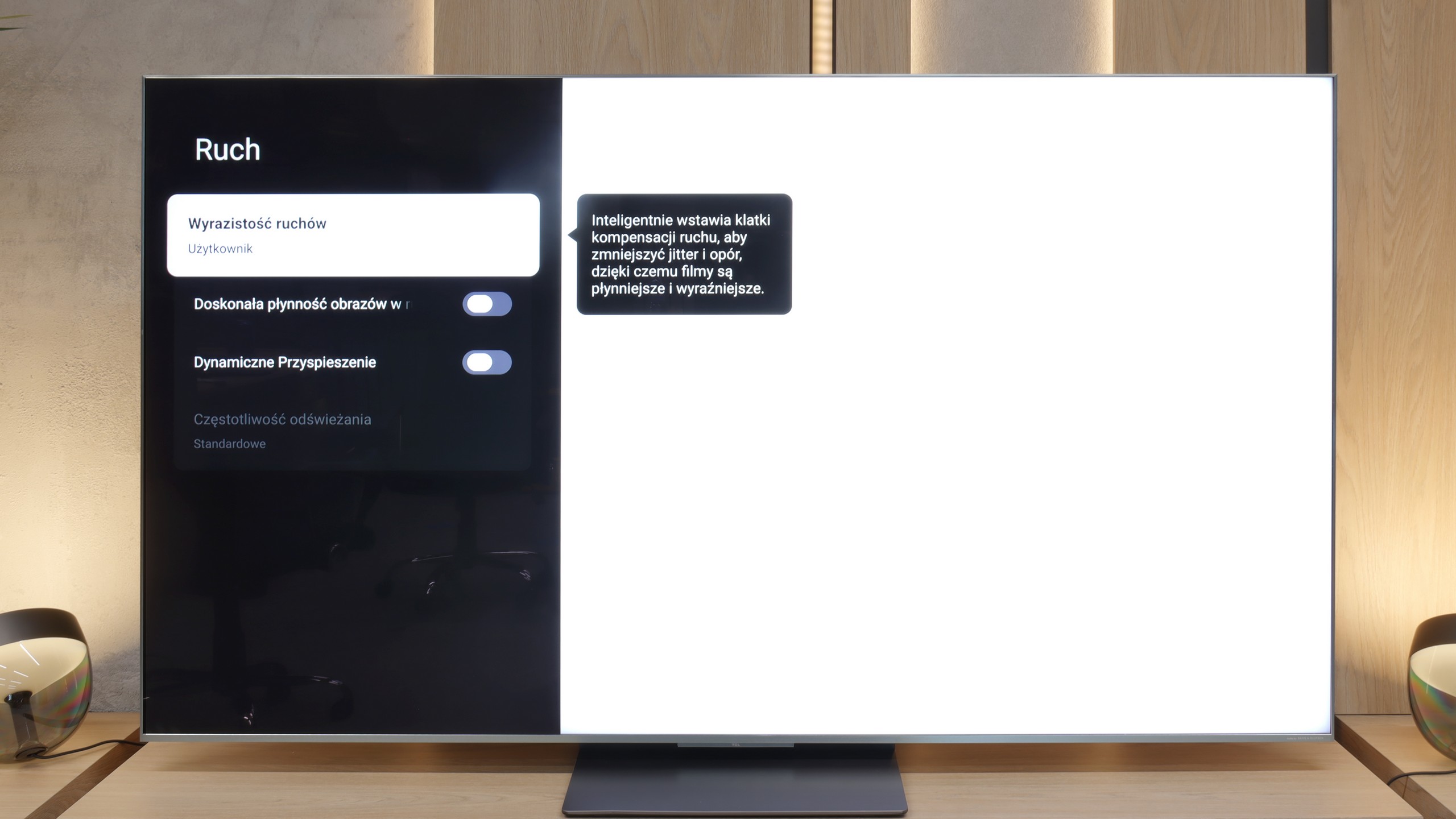
Blur (native resolution, maximum refresh rate):



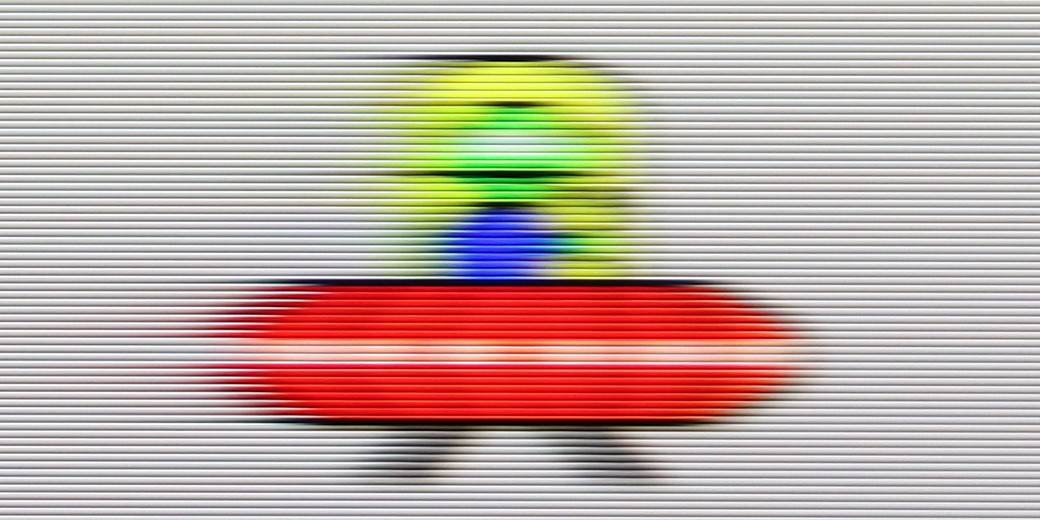
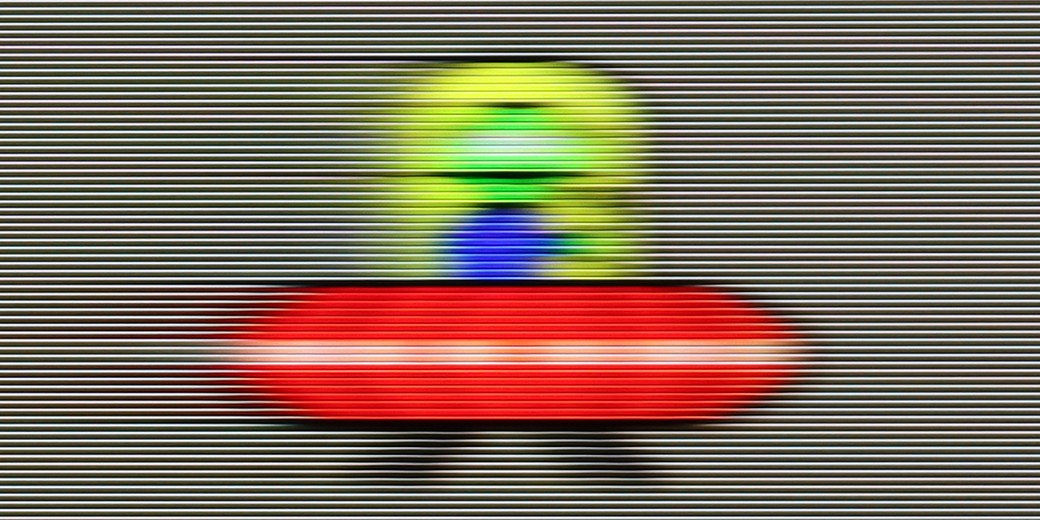

Blur (BFI function enabled):






Blur ():
Blur (1080p@288Hz):
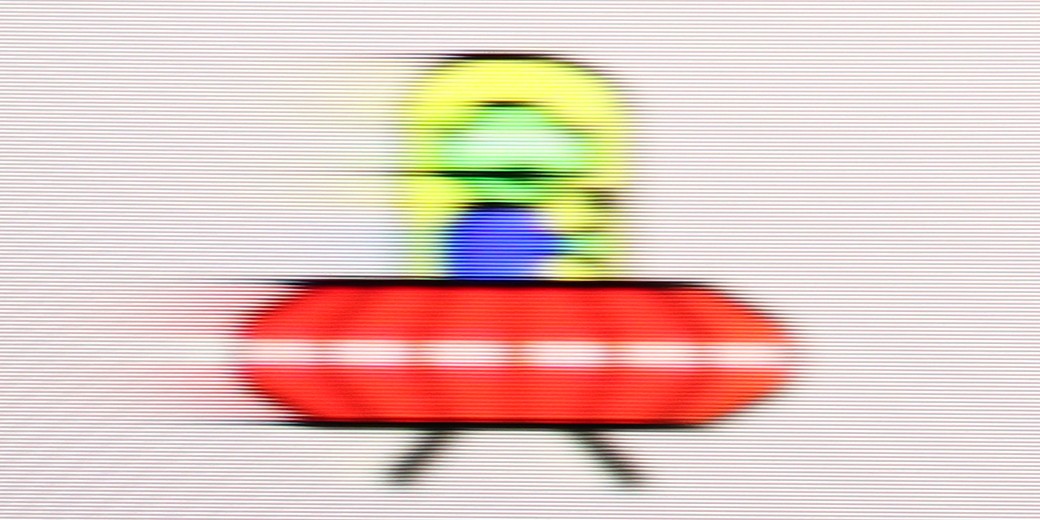
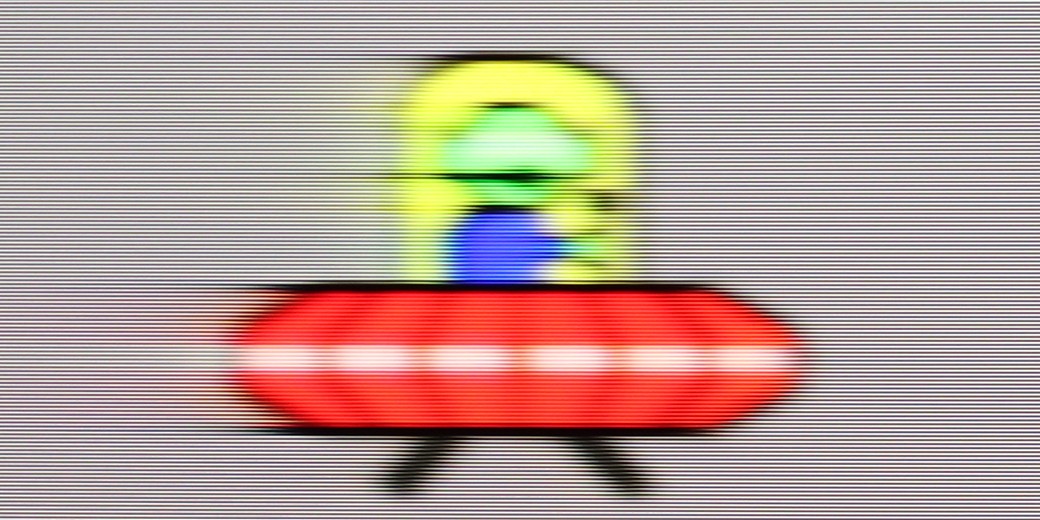
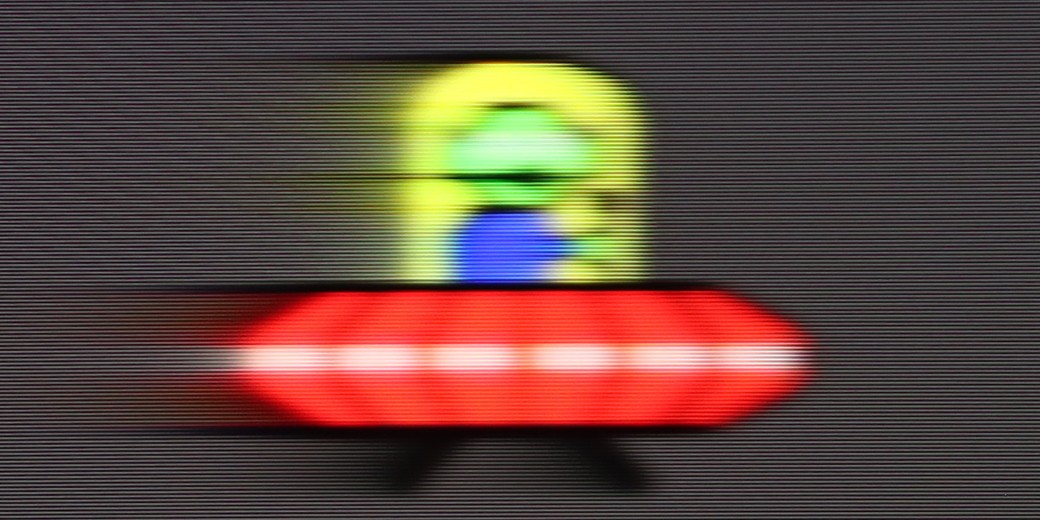
The maximum refresh rate of the Sony Bravia 9 is 120 Hz, the minimum for those primarily watching sports or other high-motion content. This refresh rate ensures the image remains sharp and smooth, even during fast-paced scenes. For more demanding users, Sony has implemented an advanced motion smoothing system, divided into three distinct segments: Smoothness (Film), Smoothness (Camera), and Clarity. These settings can be adjusted to various degrees, allowing users to fine-tune the picture to their preferences. For example, a setting with slight smoothing can be used to avoid the "soap opera effect," delivering a more natural and cinematic viewing experience. This level of customisation ensures that viewers can find their ideal balance between smoothness and clarity.
Like the C8K, the C9K is also a really fast television – both figuratively and literally. It features a 4K panel with a refresh rate of 144 Hz, and at lower resolutions, the display can even ramp up to 288 Hz. This speed translates into practice – when watching sports or playing games, the image looks very smooth and clear. Additionally, in films, we get an extra motion smoother called Motion Clarity, which allows us to adjust the fluidity to our own preferences – from the cinematic "judder" frame to almost theatrical smoothness.
Console compatibility and gaming features
9.4/10
9.8/10
- ALLM
- VRR
- VRR range48 - 120Hz48 - 288Hz
- Dolby Vision Game Mode
- Correct implementation of HGIG
- 1080p@120Hz
- 1440p@120Hz
- 4K@120Hz
- Game bar



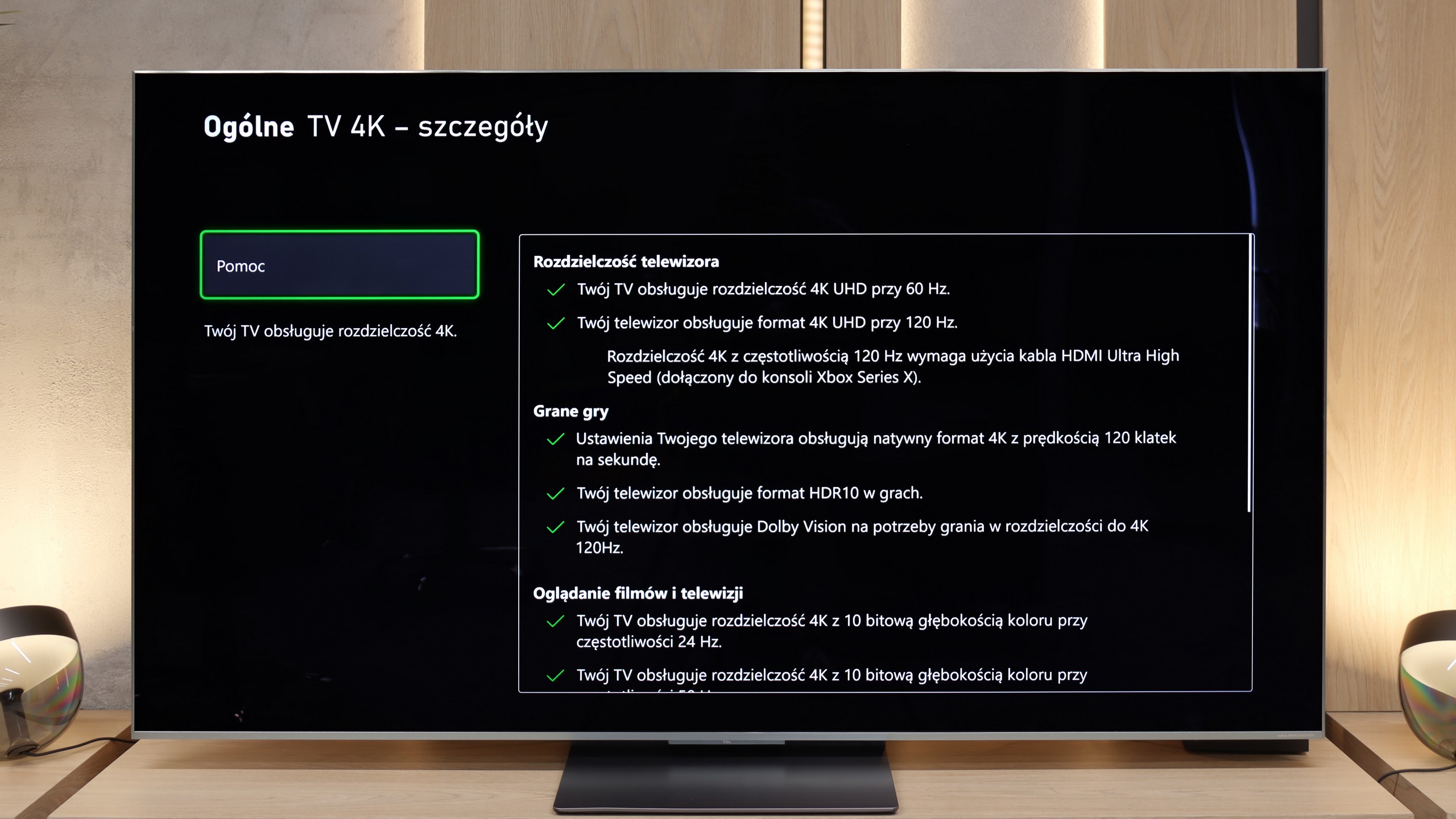

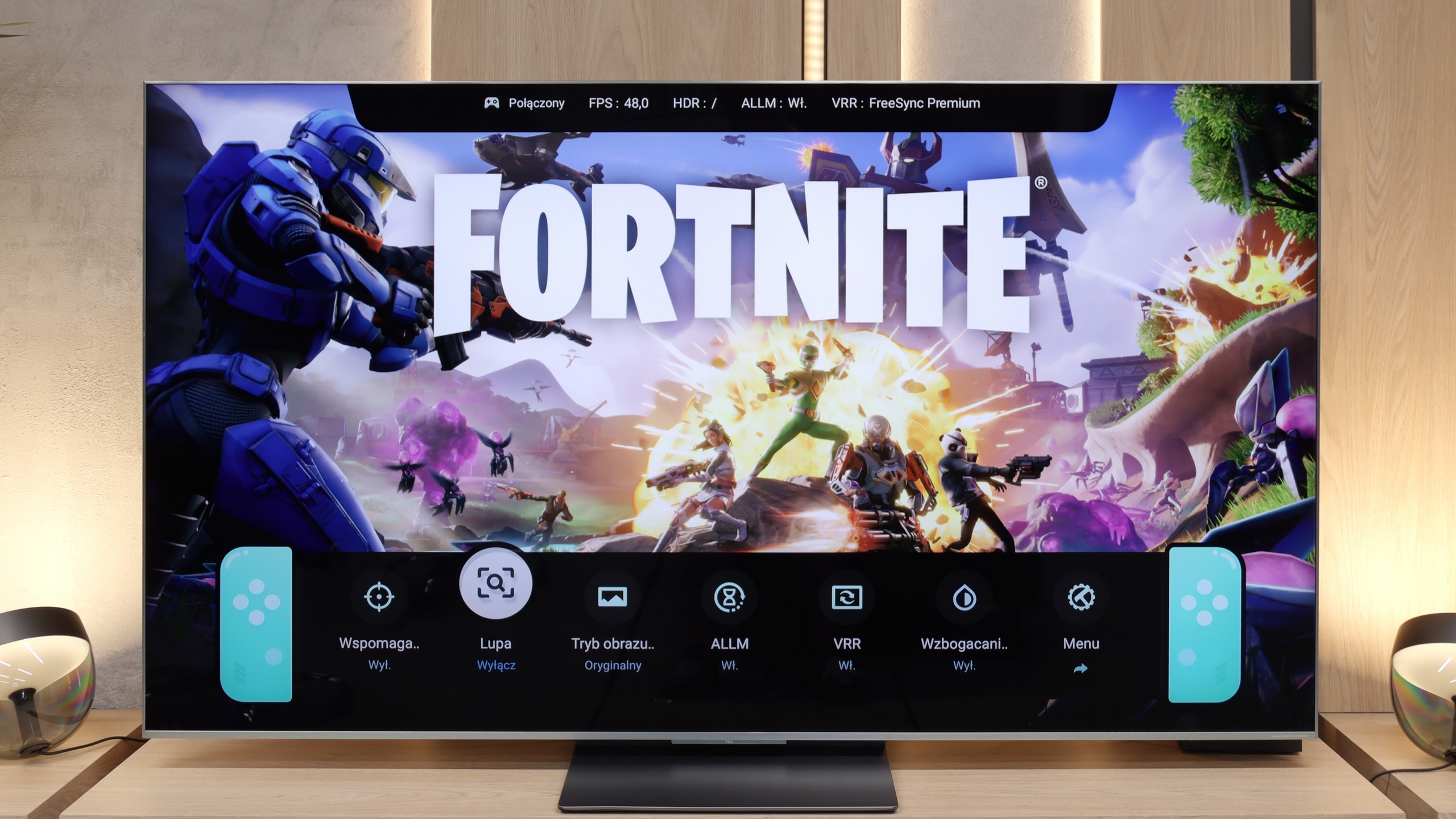


The Sony Bravia 9 television is equipped with four HDMI ports, but what is puzzling for a device of this class is that only two of them operate in the 2.1 standard. Despite this, it should not detract from the fact that nearly all features work excellently, providing a positive experience when using them. Games running in HDR10 or Dolby Vision benefit from low input lag, ensuring a comfortable gaming session. The solid implementation of the HGIG mode is a noteworthy feature, as, after proper calibration, it closely aligns with Dolby Vision.
Sony introduced the GameBar feature to its televisions last year, a standard for many manufacturers. This feature allows for quick adjustment of settings without exiting the game. Its implementation has been seamless, offering conveniences such as a crosshair grid, black level adjustment, and reducing the screen to gaming monitor proportions.
The Sony Bravia 9 will find its fans, particularly among PlayStation enthusiasts. It is a natural pairing since the console and the television share identical capabilities. However, more broadly speaking, despite the minor issues with Dolby Vision in games, the Bravia 9 remains a very good television for gaming overall.
For gaming, the TCL C9K is a complete tool. Here we have two (out of four) HDMI 2.1 ports with full bandwidth of 48 Gbps, so all key technologies work: VRR (variable refresh rate) and ALLM (automatic low latency mode). Additionally, the manufacturer added a really intuitive Game Bar, which allows you to quickly preview the most important parameters and adjust settings without digging through the menu. Also, TCL's policy is a plus – the TV is not afraid of any HDR formats, even in game mode. Whether it's HGiG or Dolby Vision for the Xbox Series S/X console – everything works as it should, giving the player wide freedom.
Input lag
9.7/10
9.8/10
SDR
HDR
Dolby Vision
The delay time on the Sony Bravia 9 remains impressively low in all scenarios. Even the most dedicated gamers will appreciate the exceptionally low input lag, particularly when playing demanding 4K 120 Hz games with HDR, which measures just 10 ms.
In terms of input lag, the TCL C9K performs exceptionally well. With 120 Hz content, the lag is just 7 ms, placing it among the very best TVs available on the market. Naturally, with 60 Hz materials, the input lag rises to about 15-16 ms, but in practice, this has little impact on the final responsiveness of the screen to our actions on the pad.
Compatibility with PC
7.6/10
8.6/10

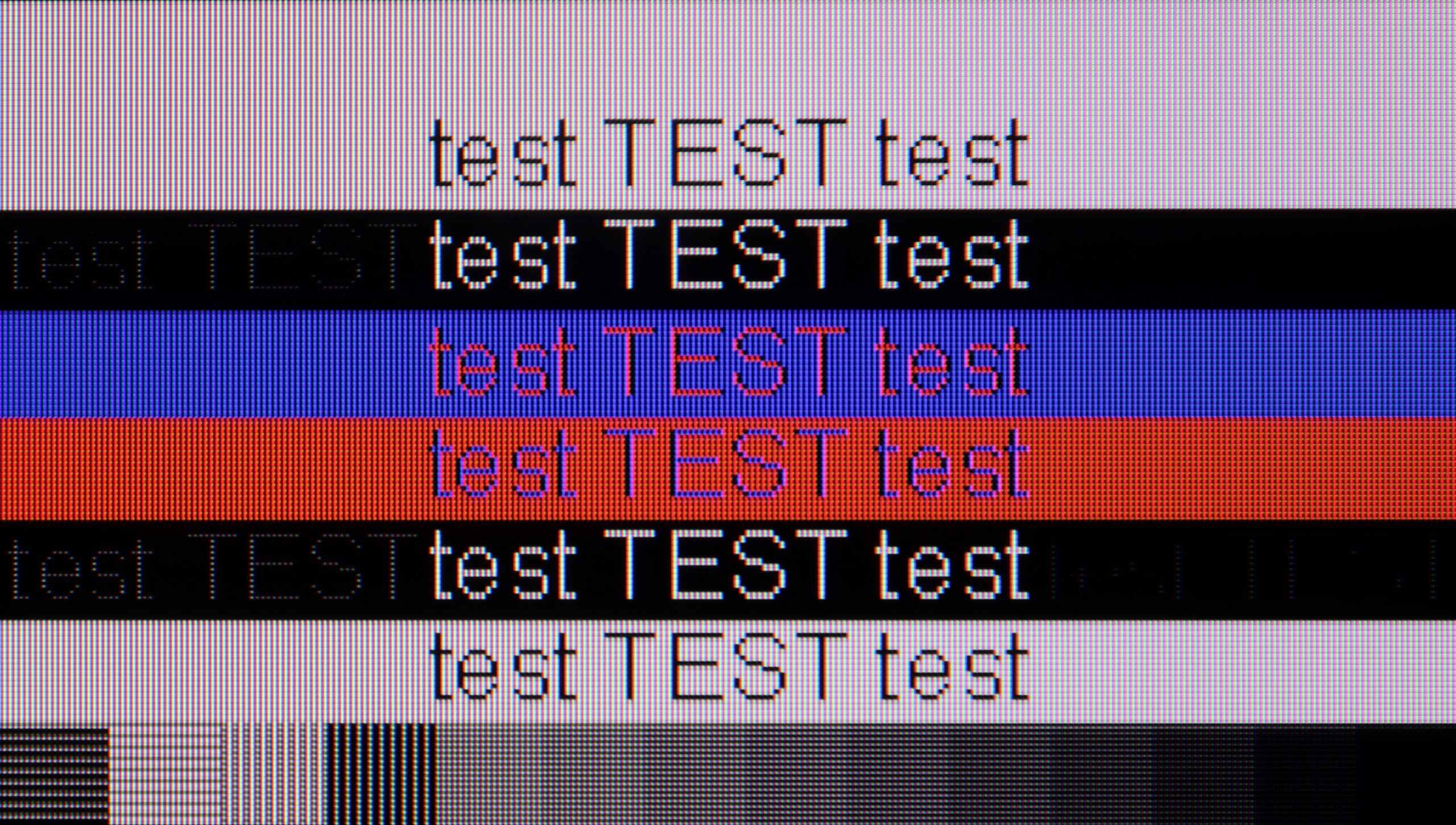
The Sony Bravia 9 delivers excellent performance when combined with a PC, thanks to its low latency of just 9 ms, ensuring an immediate response between the mouse, eye, and screen. This is particularly beneficial for tasks that require precise, real-time feedback. The text readability on the TV is also commendable, especially when switched to "Game" mode, which provides the clearest display. In other modes, text might appear less readable.
The subpixel layout on the Bravia 9 is BGR, which doesn't significantly impact its use as a monitor. While operating systems aren't designed for this layout, causing slight blurring on edges in some cases, the difference is so minimal that only a few users might notice it.
In terms of office work, the TCL C9K does not disappoint – thanks to the support for 4:4:4 chroma, the readability of fonts is at a good level, so writing or working with documents should not pose a problem. One could indeed notice slight issues with dimming horizontal lines, but in everyday use, it’s hard to call that a real flaw. However, the C9K reveals its greatest potential in PC gaming. Here, the television showcases its full capabilities – it can switch to lower resolutions, such as Full HD, and display images at up to 288 Hz. Additionally, it supports both G-Sync and FreeSync, so image synchronization with the graphics card works flawlessly. It’s hard to have any major complaints about this set – it’s truly a top-tier screen for computer gaming.
Viewing angles
7.4/10
4.5/10
The Sony Bravia 9 performs well in terms of viewing angles, thanks to the application of an angle coating. This reduces the typical colour degradation and contrast drop often seen in TVs with VA panels. While a significant deviation from the central axis does lead to some image instability, the overall viewing experience remains positive, offering better off-axis performance than many other VA panel-equipped televisions.
A new feature in TCL televisions for 2025 is the WHVA panel, which is designed to provide better viewing angles than standard VA panels. And indeed, there is noticeable progress. When viewing the screen from the side, the image is clearer and colors do not degrade as quickly as in previous models. However, this does not mean that we are dealing with the level of top coatings or solutions known from IPS panels, and certainly not from OLEDs. The image remains readable, but brightness clearly decreases. This is definitely a step forward compared to earlier TCL models, but it is not yet a complete revolution.
Daytime performance
9.5/10
7/10




Panel brightness
Average luminance SDR
TCL C9K: 642 cd/m2
Sony Bravia 9 (XR90): 1609 cd/m2
The Sony Bravia 9 excels in bright environments, with a peak brightness of 1600 nits. This allows for a comfortable viewing experience even when the TV is exposed to harsh angled light. Reflections are minimal and do not significantly affect the viewing quality, making it highly suitable for watching during the day. As a result, the Bravia 9 earns an almost perfect score for its performance in well-lit conditions.
The new WHVA matrix coating has its strengths and weaknesses. On one hand, it manages quite well with minor reflections; on the other hand, with stronger light sources, it is evident that the reflection suppression is not at the highest level. Fortunately, the coating does not spoil what is most important: the blacks and color saturation. This is a definite plus, as in many competing models, the compromises in this area are more painful. Additionally, there is very high brightness – in SDR content, the C9K can achieve an average of 650 nits in SDR materials. This result is easily sufficient for watching television or movies in more challenging lighting conditions, even on sunny days.
Panel details
Subpixel Structure:

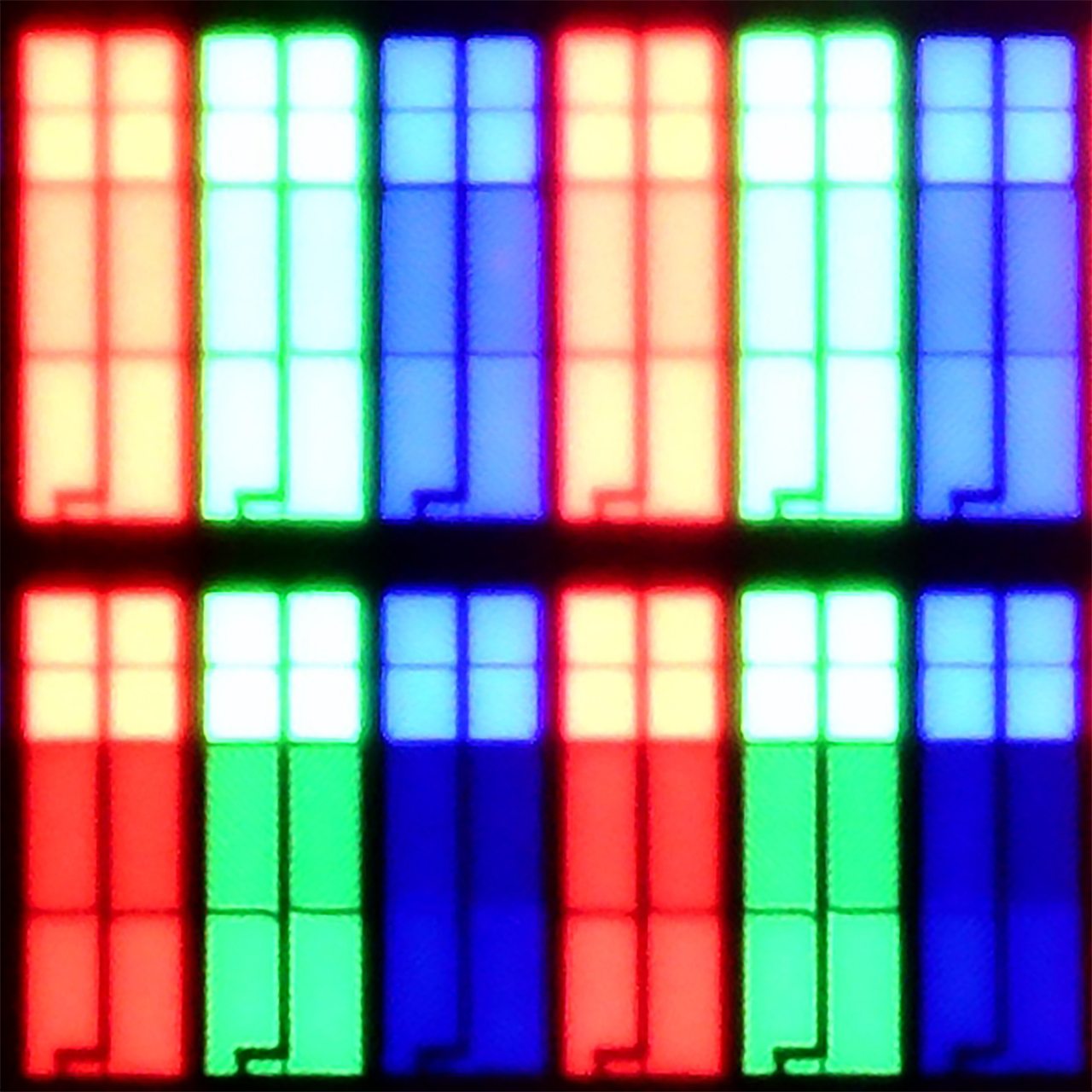
Panel uniformity and thermal imaging:

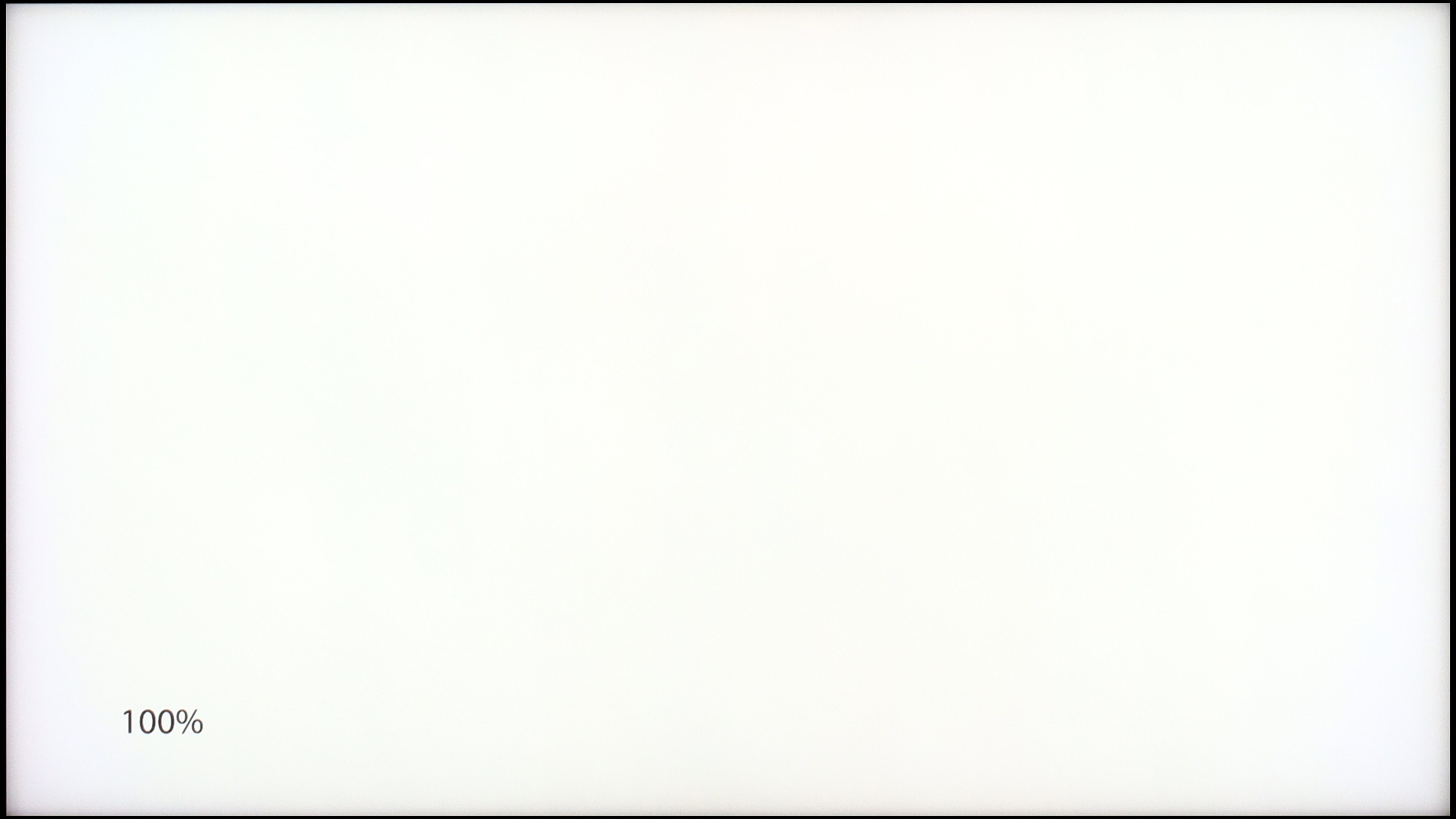
Sony Bravia 9 (XR90)
TCL C9K
TV features
8.8/10
7.7/10
- HDMI inputs2 x HDMI 2.0, 2 x HDMI 2.1 48Gbps2 x HDMI 2.0, 2 x HDMI 2.1 48Gbps
- OutputsToslink (Optical audio), eARC (HDMI), ARC (HDMI)Toslink (Optical audio), eARC (HDMI), ARC (HDMI)
- Network InterfacesWi-Fi 2.4GHz, Wi-Fi 5GHz, Ethernet (LAN) 100MbpsWi-Fi 2.4GHz, Wi-Fi 5GHz, Ethernet (LAN) 100Mbps
- TV receptionDVB-T, DVB-T2, DVB-S, DVB-S2, DVB-CDVB-T, DVB-T2, DVB-S, DVB-S2, DVB-C
Classic features:
- Recording to USB (terrestrial TV)
- Recording programming
- Picture in Picture (PiP)
- RF remote control (no need to aim at the screen)
- Backlit remote control
- Teletext
- Audio only mode
- Bluetooth headphones support
- Simultaneous Bluetooth headphones & TV audio
Smart features:
- AirPlay
- Screen mirroring (Windows Miracast)
- Voice search
- Voice search in native language
- Ability to connect a keyboard and mouse


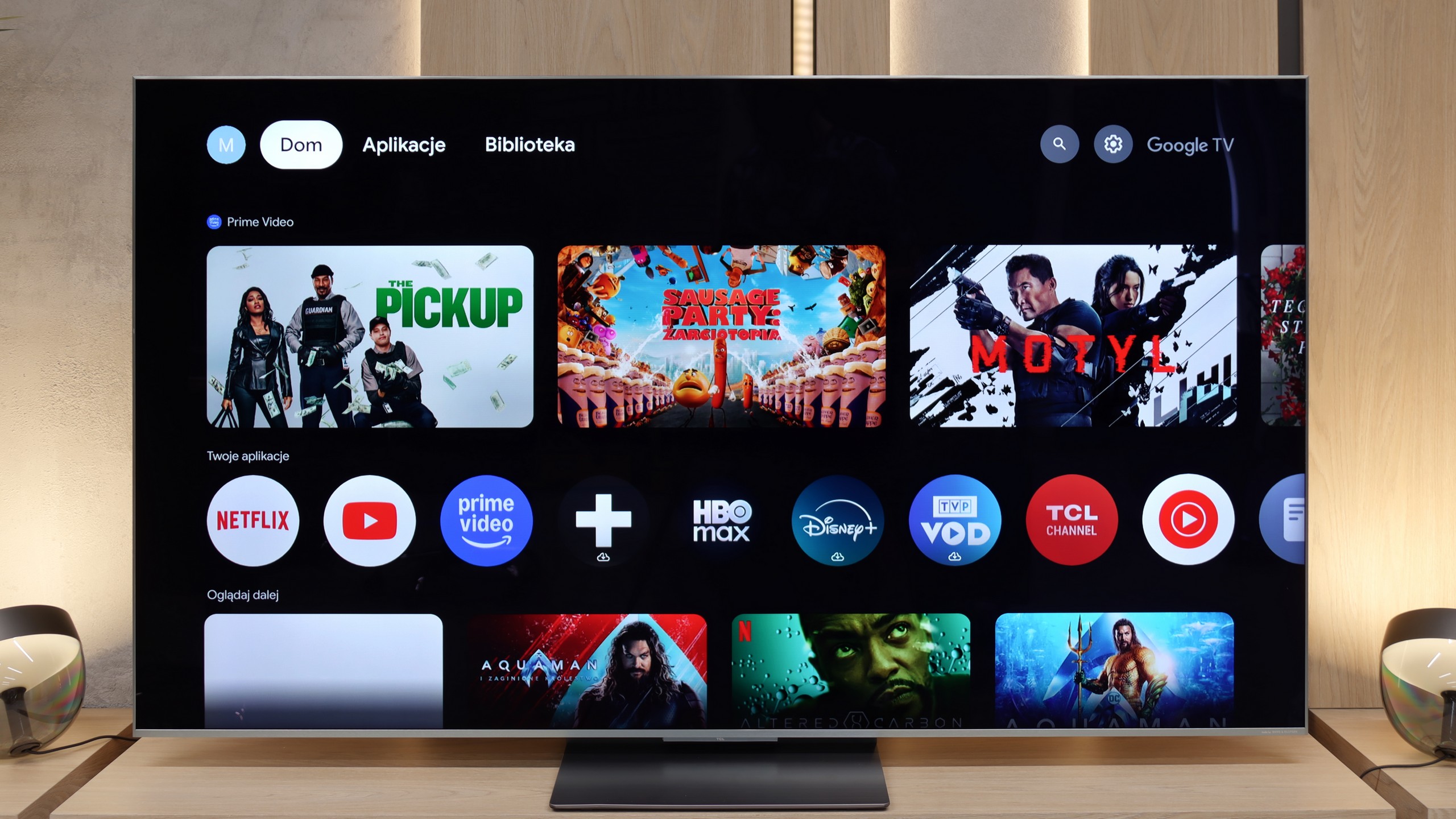
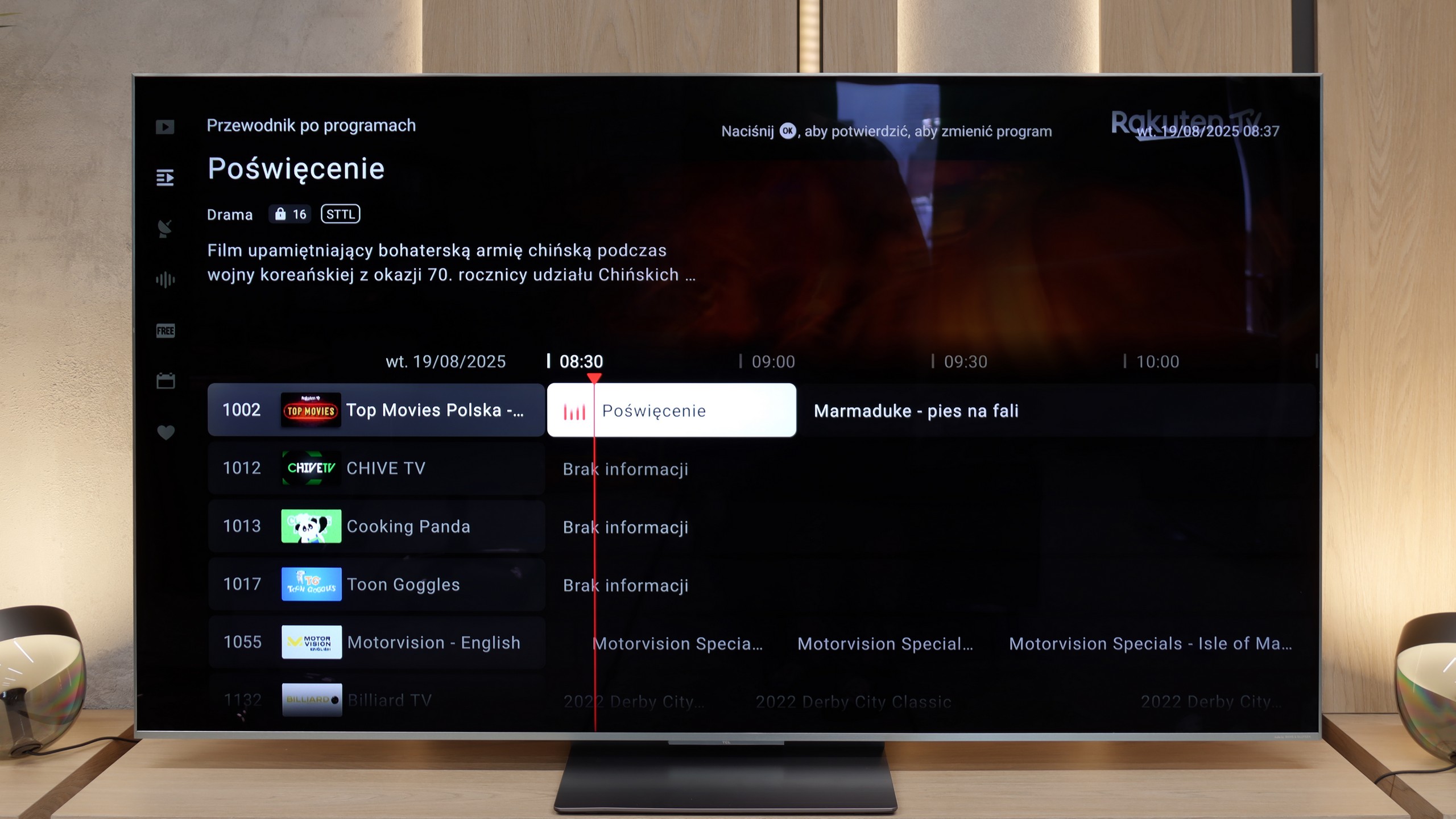
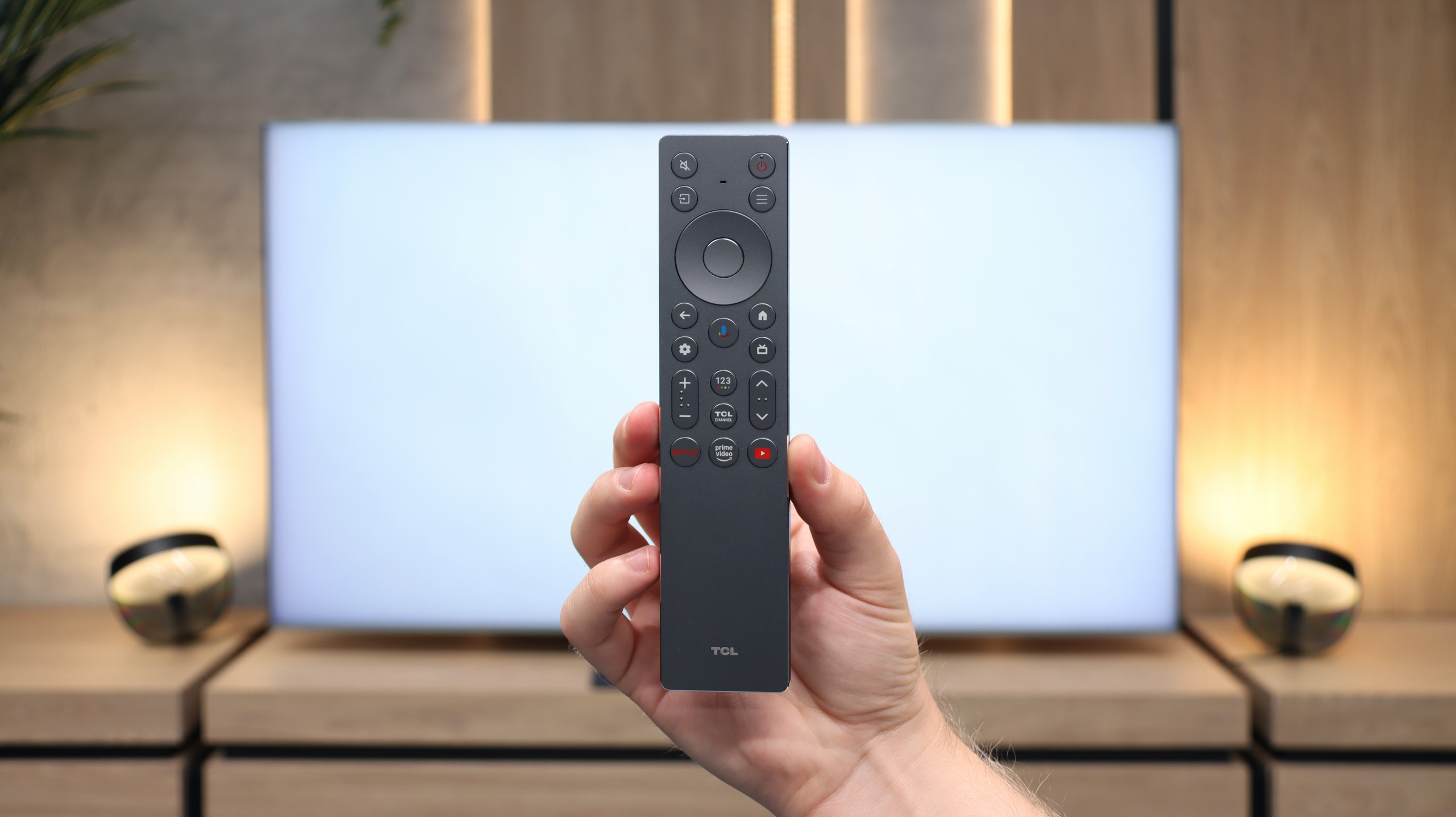

The Sony Bravia 9 benefits from the Google TV system, which stands out compared to TVs with proprietary operating systems. Google TV allows for the easy installation of applications from the official store and external sources via APK files. This flexibility makes it a more accessible option for users who want to expand their TV's functionality.
Additionally, Google TV offers various user-friendly features, such as connecting a keyboard with a touchpad, which makes typing queries more convenient. Voice control via the remote also works effectively, though there are occasional minor issues with translation. Google TV is regularly updated, enhancing functionality and adding new features, although some users have reported occasional performance hiccups.
Overall, Google TV is one of the most popular and efficient systems, offering a smooth experience with minimal lag or freezing. For those seeking an open, feature-rich system that maximizes the potential of their TV, Google TV is the best option.
Classic TV Features
In terms of basic TV features, the TCL C9K does not disappoint – it has everything that most users expect. The EPG guide works smoothly, teletext is available, and pairing Bluetooth headphones, a mouse, or a keyboard is straightforward. However, it should be noted that in the Google TV system – just like in other TCL models – there are no more advanced options, such as recording programs or picture-in-picture (PiP) mode. Some may find this lacking, especially if they have used such features with competitors. It's also worth mentioning that we only have one USB port available – enough to connect a drive with movies or a flash drive, but if someone plans to use multiple devices, they might find this insufficient.
Smart Features
While the TCL C9K does not stand out in terms of classic solutions, it showcases its full potential in the realm of smart features. The Google TV system is currently the most popular platform, and it's easy to see why – the library of applications is vast. Netflix, YouTube, Disney+, HBO Max, Amazon Prime Video – all are readily available. Only those very attached to more closed ecosystems, such as Apple Music, will feel the gaps. A significant advantage is the built-in voice assistant – it works quickly, understands natural commands, and allows for convenient control of the TV: from switching channels to opening applications, to searching for content or checking the weather. It is in this aspect that the TCL C9K shows that a smart TV is more than just a "TV with the internet" – it is a tool that truly simplifies daily use of the device.
Playing files from USB
8.7/10
9.2/10
Supported photo formats:
Maximum photo resolution:

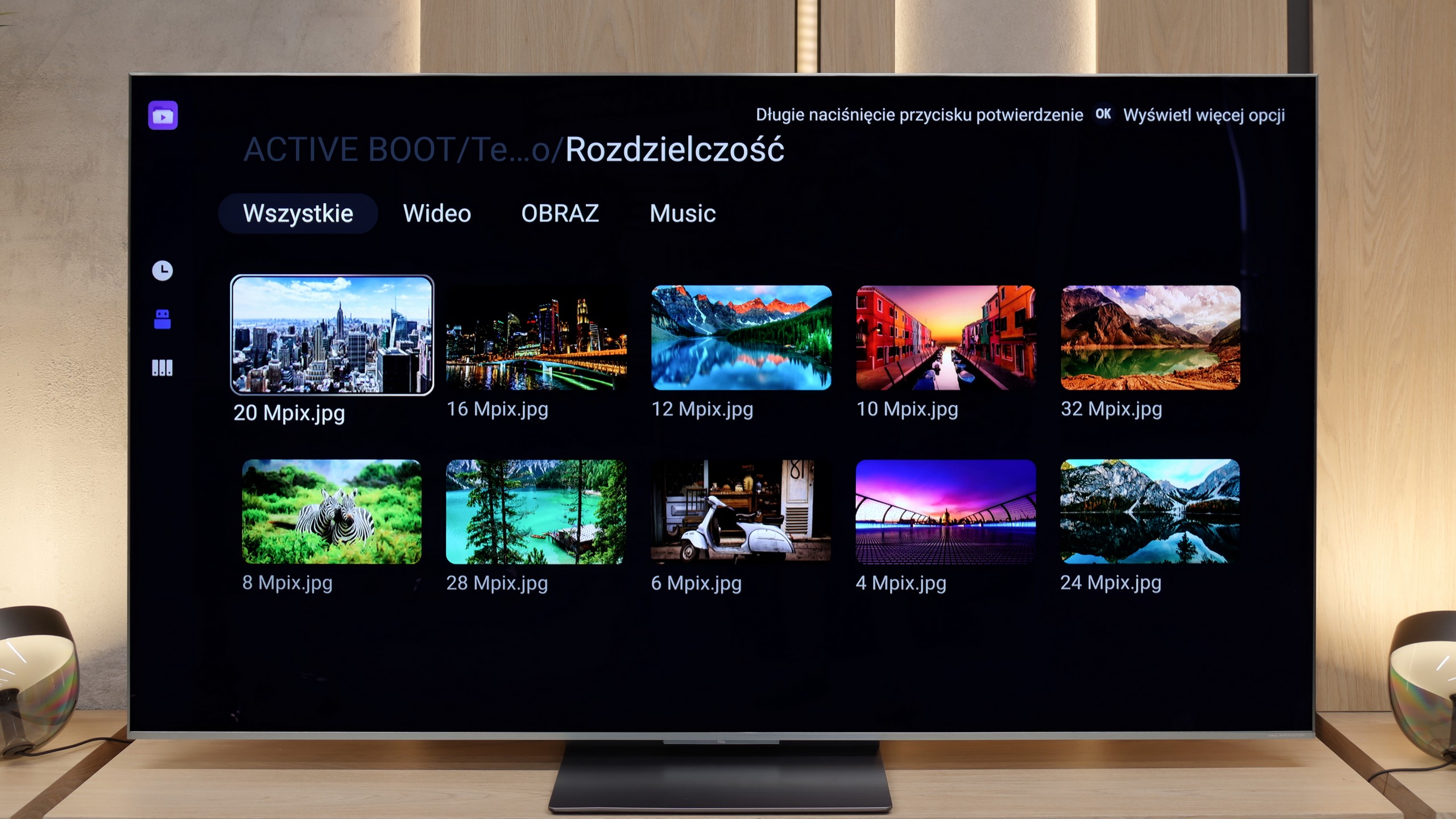
The built-in player in the Sony Bravia 9 performs well, handling a wide range of media files with ease. However, it does have a few limitations. Notably, it does not support certain subtitle formats like .sub or .txt, and its image format support is limited to JPEG and HEIC, which may be a drawback for users with diverse media collections. That said, these shortcomings are not major issues, as the ability to install third-party applications like VLC or KODI provides an easy workaround for those seeking broader compatibility. Overall, the built-in player offers solid performance, and with the flexibility of additional apps, users can enjoy almost any media format without trouble.
C9K easily handled most of the materials we uploaded to the pendrive – from MKV format films, through older AVI files, to DTS and FLAC audio tracks. The only drawback remains the lack of support for HEIC format photos from Apple devices, but this is a common issue with almost all manufacturers. The most important thing, however, is that if someone finds a lack of support for some exotic format, they can always reach for an alternative player available in the Google Play store. And this is where the advantage of the Google TV system is evident – the ease with which you can extend the capabilities of the television with additional applications.
Apps
9.6/10
9.6/10














































Sound
8.9/10
7.9/10
- Maximum volume88dB77dB
- Dolby Digital Plus 7.1
- Dolby True HD 7.1
- Dolby Atmos in Dolby Digital Plus (JOC)
- Dolby Atmos in Dolby True HD
- DTS:X in DTS-HD MA
- DTS-HD Master Audio
We must admit that the sound from the Sony Bravia 9 impressed us. While we anticipated high-quality audio from such a top-tier product, the sound quality exceeded expectations. Every instrument is distinguishable, and the bass adds a solid depth to the overall experience. Without a doubt, this is the best-sounding television we've had the opportunity to test. Of course, we understand that many buyers of this kind of premium TV will already own a home theatre system. Thankfully, the Bravia 9 supports DTS-HD Master Audio and Dolby Atmos, meaning there are no significant obstacles when connecting it to more advanced audio setups. This ensures a seamless integration for those looking to enhance their audio experience even further.
The sound in the TCL C9K is handled by the same system as in the C8K model – developed together with Bang & Olufsen. It is a 4.2.2 configuration with a total power of 90 W, meaning eight speakers placed to create a fuller sense of space. And I must admit – the effect is impressive. Dialogues are clear, the high and mid tones sound pure, and the bass doesn't fade, even during louder screenings. Of course, this won't replace a dedicated soundbar or home theater system, but for built-in speakers – there is really something worth listening to.
*During tests at maximum volume, we noticed unusual behavior from the audio system. When the slider is set to 100%, the TV reaches about 76–78 dB, but you can hear that it tries to generate more power, after which the volume level is immediately corrected to the mentioned value. On the other hand, when we lower the volume to, for example, 70%, it first drops as expected but then slowly rises back to the same level of 76 dB. This effect gives the impression of an aggressive limiter that always brings the volume to one level, regardless of the position of the slider. We checked this behavior multiple times, and in every case, the result was identical – no additional "smart" volume adjustment or AI features were active during this testing.
Acoustic Measurements
88dBC (Max)
75dBC
77dBC (Max)
75dBC
